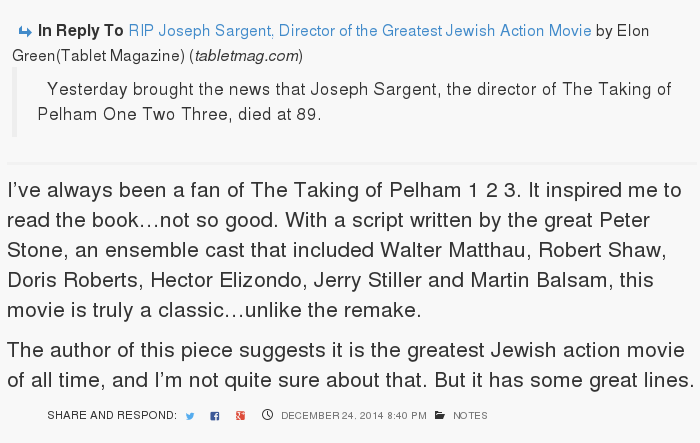I found out about
Indiewebcamp in March of 2014, so I have not yet been involved with it for a complete calendar year. But, I’ve decided, with the end of 2014 approaching, to take stock on how I’m doing, and can reassess next year.
As part of this evaluation, I am using the Indiemark system, a set of metrics for measuring the indieweb-ness of a site, and a step-by-step approach to incrementally adopting indieweb features.
Identity
Level 2
I own my own domain, and I post h-card contact info and an icon on`my page.
I have given much thought to people-focused communications, which falls under this category. Need to develop this more.
Authentication
Level 1
I have set up Indieauth, which allows me to authenticate to sites using my domain name. But this exposed a bug in one of the libraries indieauth runs on, which has gone up the chain for repair. There is currently no level 2, but a level 2 may include two factor authentication, which I am trialing as a security measure…
Posts
Level 3
My Post Kinds/Taxonomy plugin supports different kinds of content. And while I support the following types, I am actually planning to limit myself due overlap.
- note
- article – longer form content
- reply
- like or favorite, depending on your preference – I have the hardest time with deciding
- photo – post where the primary content is an image
- repost – this is a complete reposting of the original, haven’t really done those
- rsvp – only used once. I really need to go more places.
Syndication
Level 2
I syndicate(POSSE) my posts to applicable silos(Facebook, Twitter, Google Plus). I am not currently linking back to the originals, as I previously did, unless relevant, as I haven’t gotten my syndication working the way I’d like.
Posting UI
Level 3
It’s hard to say where I am with this. I have a UI for posting, the WordPress interface, one I created for adding context information for replies, but I’m still not happy with the UI for syndication.
I’d like to work on a simpler UI for the future. The WordPress one is very useful, but has a lot of ‘stuff’ to finish a post. Great for an article, not so great for a note.
Navigation
Level 4
I have previous/next navigation, time based archives, and tag based archive pages, so I’ve covered this category as of now.
Search
Level 4
My site is searchable using the built-in WordPress search functions.
Aggregation
Level 4/5.
Thanks to the work of Matthias Pfefferle, I receive webmentions and show comments and mentions from other people on my site. That achieves the notes for Level 5.
However, I’ve spent a lot of time on reply-contexts, which I am manually entering. My project continues with plans to pull in more of this information automatically, which is more of a Level 4 goal.
Web Actions
Level 3, but not Level 2.
I had hard-coded actions and web actions on my site. They were removed for now, as they didn’t work the way I wanted. They will likely be back.
I do provide syndication links on posts of all other places the post can be found.
Security
Level 5/6
I serve the site now exclusively over https, and redirect anyone requesting a plain unencrypted site. The site supports SPDY for increasing speed over an SSL site.
The site has an A rating with Qualysis SSL Labs. It uses an SHA-2 certificate and supports Mozilla’s Intermediate Compatability Cipher List. This makes it fairly up to date in this category, but I am holding out for the A+.
Miscellany
This site is also now delivered over IPV6 as well as IPV4.
The site runs on Nginx, and uses a caching system I wrote.
Conclusion
One of the most interesting things about getting involved in this group has been building things. I have always loved making things, and have never been good at it. I still think I am a reasonably good idea person, but a horrible programmer.
I still have 4 days in 2014, if I want to build something else.

